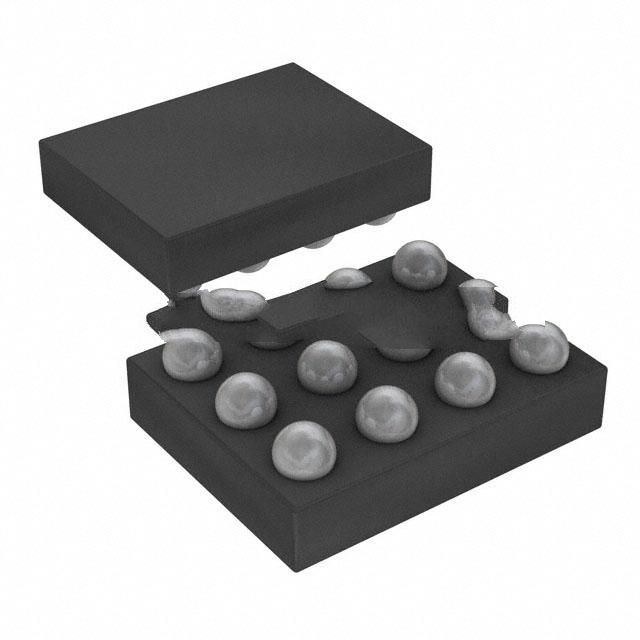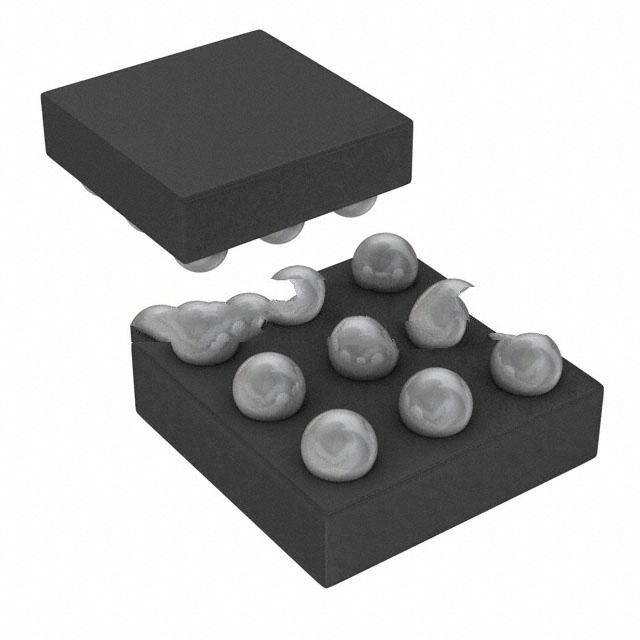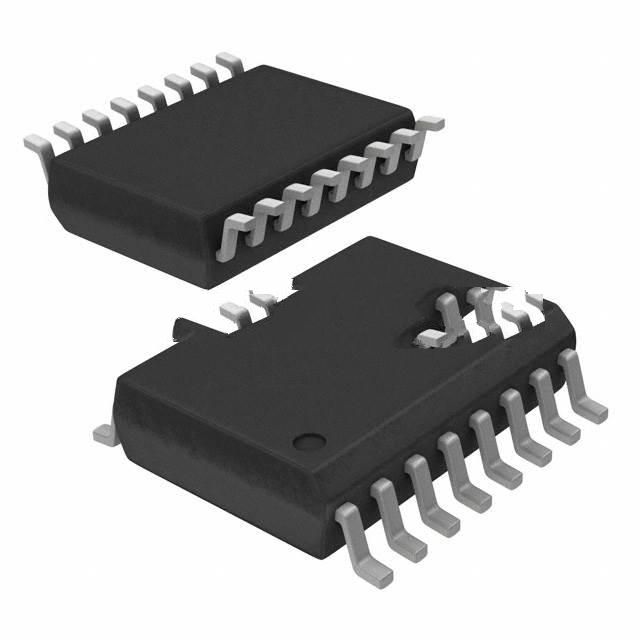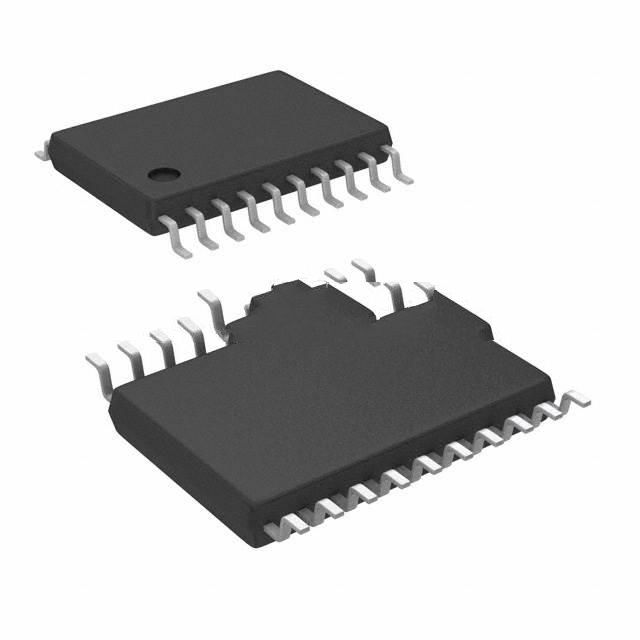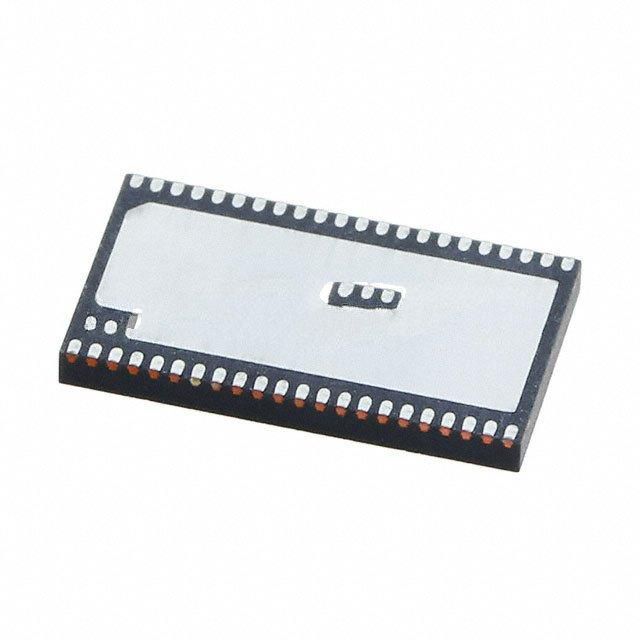Operational amplifier brief description, function, type and application field
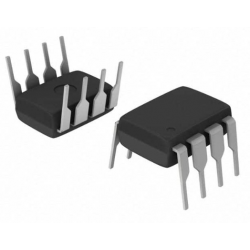
Operational amplifier brief description, function, type and application field
Brief description of the operational amplifier:
An operational amplifier (Operational Amplifier, referred to as Op-Amp) is a DC-coupled high-gain electronic voltage amplifier whose output voltage is usually several hundred times the input differential voltage. Operational amplifiers usually incorporate power limiters, negative feedback networks, and gain controls, which are fundamental components in modern analog electronic circuits.
The function of the operational amplifier:
An operational amplifier is a high-gain differential voltage amplifier with two input terminals (inverting and non-inverting) and one output terminal. Its main function is to amplify the voltage difference between the inputs, producing an output voltage that is a multiple of that difference. Op amps feature high input impedance, low output impedance, and near-infinite open-loop gain.
1. High gain: Op-Amp can amplify a small input differential voltage to a larger output voltage.
2. Differential input: Op-Amp has two input terminals, positive input and negative input.
3. No Offset: The output of an ideal Op-Amp is 0 when there is no input.
4. Very high input impedance, very low output impedance: This allows the Op-Amp to act as a good buffer in a variety of circuits.
Explore Working Applications of 8 Different Op-Amp Circuits
type:
1. Open Loop Operational Amplifier: Op-Amp without any external feedback.
2. Negative Feedback Operational Amplifier: The feedback network is connected to the negative input of the Op-Amp, which can provide stable gain and linear response.
In this configuration, the input signal is applied to the inverting input terminal and the output is an inverted and amplified version of the input signal. Think of an inverting amplifier as a signal flipper.
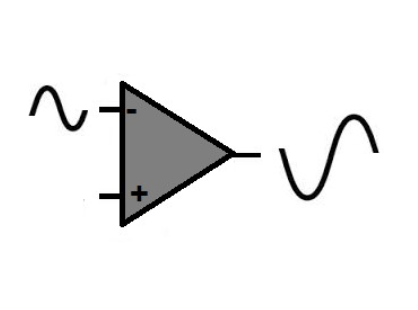
Inverting Amplifier
3. Positive Feedback Operational Amplifier: The feedback network is connected to the positive input of the Op-Amp, usually used in oscillator circuits.
The input signal is applied to the non-inverting input terminal, and the output is a scaled, non-inverting version of the input signal. Now a non-inverting amplifier is more like a signal booster

Non Inverting Amplifier
4. Differential amplifier: handles the difference between the two inputs. This configuration amplifies the voltage difference between the two input signals. It is typically used in applications that require signal amplification while rejecting common-mode noise.
Think of a differential amplifier as a noise filter. It listens to both sounds and only pays attention to the difference between them. So if there's a lot of background noise, it ignores it and just focuses on the important parts of the story.

Single Ended Amplifier, Differential Amplifier
5. Integral and Differential Amplifiers: Used to perform analog calculations.
Incorporating capacitors and resistors, an op amp can be configured as an integrator (producing an output that is the integral of the input) or a differentiator (producing an output that is the derivative of the input).
An integrator is like a calculator that adds numbers over time. So if you count how many steps you take each day, the integrator will keep track of the total number of steps.
For example, a differentiator is like the speedometer in a car. It tells you how fast the speed is changing. If you step on the gas pedal suddenly and accelerate, the differentiator will notice this quick change.
6. Voltage follower: The input is directly connected to the output to provide high input impedance and low output impedance.
7. Summing amplifier:The output produced by the summing amplifier is a weighted sum of multiple input signals. It is useful for applications such as audio mixing. Think of a summing amp like a mixer at a party. It takes different music from different sources and combines them to create new mixes.
8. Low-power dual operational amplifier: It is composed of two independent high-gain operational amplifiers (op-amp), and frequency compensation is implemented internally. It is designed for automotive and industrial control systems. The circuit operates from a single power supply over a wide voltage range. Operation with split supplies is also possible, and the low supply current consumption is independent of the magnitude of the supply voltage. For example LM2904N , LM2904N , LM2904N-HC , LM2904N/NOPB , LM2904NG ,
LM2904N Op Amp: Datasheet, Pinout and Circuit

The LM2904N is a low-power dual operational amplifier consisting of two independent high-gain operational amplifiers (op-amps) with internal frequency compensation. It is designed for automotive and industrial control systems. The circuit operates from a single power supply over a wide voltage range. Operation with split supplies is also possible, and the low supply current consumption is independent of the magnitude of the supply voltage.

Summing Amp Circuit and waveforms
Application fields:
1. Analog signal processing: such as filtering, amplification, and analog computation. Operational amplifiers have historically been used in analog computers to solve mathematical equations by running circuits. In the past, op amps were like smart calculators in old computers. They use circuits to help solve complex math problems. Think of them as math whiz who can work out equations without using a screen or keyboard.
2. Power management: such as voltage reference and current source.
3. Audio processing: commonly used in mixers, equalizers, and audio amplifiers. An example is audio amplification. Op amps are used in audio equipment to amplify weak audio signals from sources such as microphones, musical instruments, and CDs. Op amps are like sound boosters in music players. They take faint sounds from devices such as microphones, musical instruments, or CD players and turn them up loud enough for you to hear. Think of them as the backstage workers making sure every note in the concert reaches your ears.
4. Sensor Interface: Amplifies the tiny sensor output to a level that can be handled.
5. Data conversion: as a key component in analog-to-digital converters and digital-to-analog converters.
6. Communication: Used to amplify or condition signals. They are used to filter out unwanted frequencies, smooth signals, and adjust signal levels. Think of the op amp as a filter for the signal, like sorting out the important parts of the story. They help remove unwanted parts of a signal, make it smoother, or change its level. Think of op amps as signal magicians, ensuring only the clearest parts of the message are delivered
7. Control system: used for PID control and other control algorithms. They are integral to creating robust control systems for tasks such as temperature regulation, motor speed control, and robotics. Think of an op amp as a busy traffic controller. They keep everything running smoothly by making sure the car (or in this case the system) follows the correct rules. Operational amplifiers help regulate parameters like temperature, motor speed, and even robots, keeping everything under control.

Operational Amplifier Circuit
Operational amplifiers are widely used in modern electronic technology, and can be found in almost all places where signal processing is required.
The Essential Difference Between Operational Amplifiers and Voltage Comparators
(1) The closed-loop characteristic is the key difference between amplifiers and comparators!
Since most amplifiers work in closed-loop mode, they must not be self-excited after closing the loop. The vast majority of comparators operate in open-loop mode to maximize speed. At lower frequencies (where the output level must be addressed), the amplifier can completely replace the comparator, and vice versa. In most cases, a comparator cannot be used as an amplifier.
Since the comparator has been tuned for speed, the closed-loop stability range has been reduced. Since the op amp is tuned for closed loop stability, the speed will be reduced. Therefore, comparators and amplifiers in the same price range should ideally be different. responsibility. It cannot be ruled out that a comparator can be used as an amplifier, just as an amplifier can be used as a comparator. However, the cost of making it closed-loop stable may outweigh the cost of adding an amplifier.
In other words, the depth of negative feedback in the circuit determines whether the op amp is used as a comparator or an amplifier. In this way, the non-self-excited shallow closed-loop comparator can work in the amplifier state. However, many tests must be performed to verify that the product is stable in all modes of operation! At this point you have to carefully analyze the costs/risks.
An op amp and a comparator are the same thing. A comparator is essentially an open-loop application of an op amp, but built for voltage threshold comparison. The required comparison threshold is exact, and after the comparison, the output edge rises. Or the falling time should be short, the output should conform to TTL/CMOS level/or OC, etc., the accuracy of the intermediate link is not required, and the driving ability is also different. Generally speaking, when using op amps as comparators, most of them cannot produce full-scale output, or the edge time after comparison is too long, so it is better to use fewer op amps in the design.
Difference Between Operational Amplifier and Comparator
Although comparators and op amps have the same symbol on circuit diagrams, the two devices are distinct and cannot be used interchangeably. Here are the differences:
1. The inversion speed of the comparator is fast, in the order of ns, while the inversion speed of the op amp is in the order of us (except for special high-speed op amps).
2. While an op amp can be connected to a negative feedback circuit, a comparator cannot. Although the comparator includes two input terminals of non-inverting and non-inverting, since there is no phase compensation circuit inside, the circuit cannot work reliably if negative feedback is added. A comparator is much faster than an op amp because it has no phase compensation circuitry. Internal phase adjustment circuit.
3. The output stage of the operational amplifier is usually a push-pull circuit with bipolar output. Since most comparators have an open-collector output stage, they require pull-up resistors, have unipolar outputs, and are easy to interface to digital circuits.
(3) The comparator output is an open-collector (OC) structure and requires a pull-up resistor for external current output. The output stage of the op amp is a push-pull design with symmetrical source and sink capabilities. Additionally, there are few intermediate steps to speed up the comparator's response, and there is no internal frequency adjustment. In order to work in the linear domain, the op amp has a compensation circuit. Therefore, comparators are not suitable for op amps.
edit author:

Jinftry(Hong Kong registered company name: JING FU CAI (HONGKONG) INTERNATIONAL CO., LIMITED) was established in 2013, headquartered in Hong Kong, China, with a branch in Shenzhen, China. It is a global supplier of electronic components and a well-known and competitive electronic product distributor in Asia. Is also an excellent strategic partner of global ODM/OEM/EMS, able to quickly find authentic and traceable electronic components for customers to purchase.


